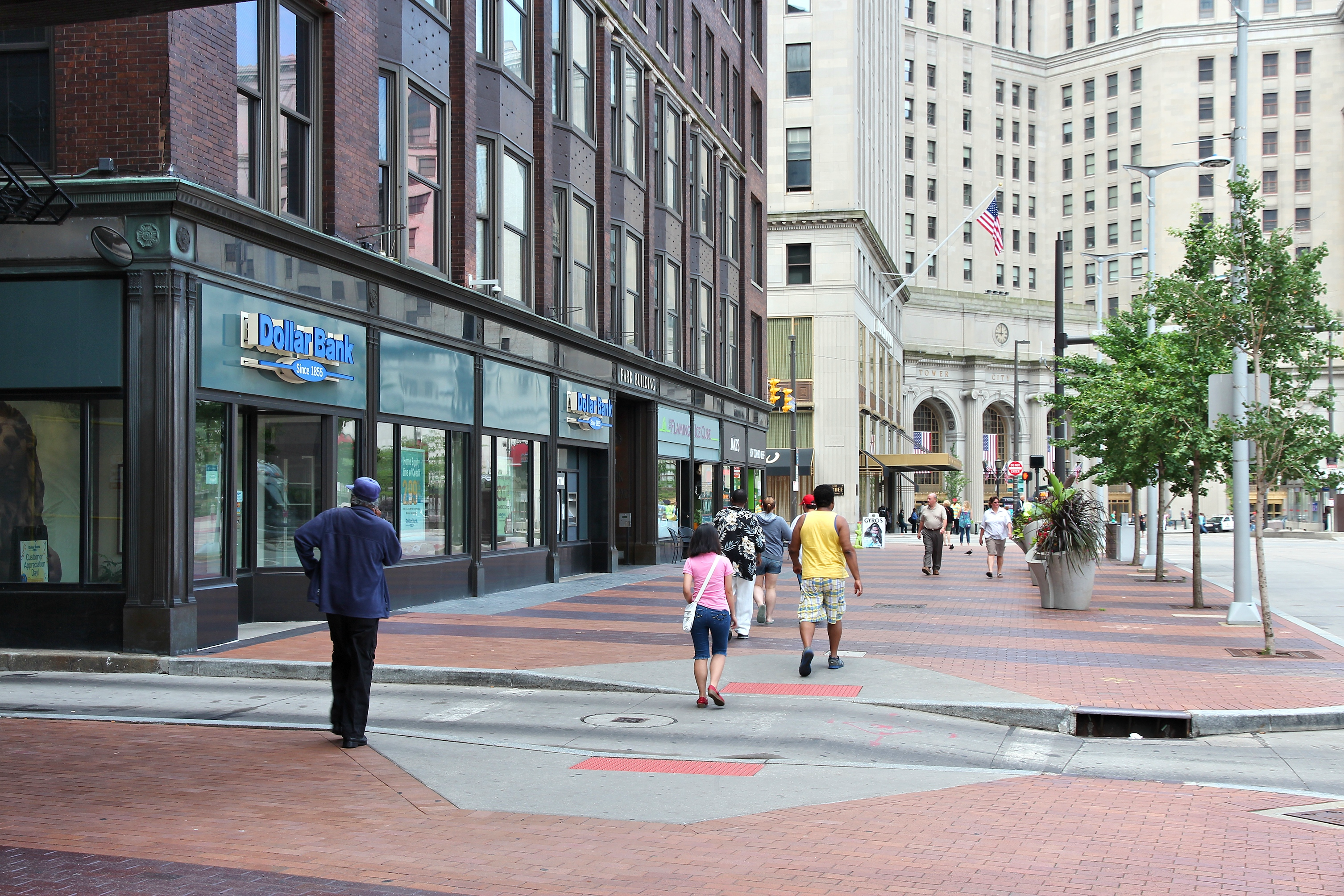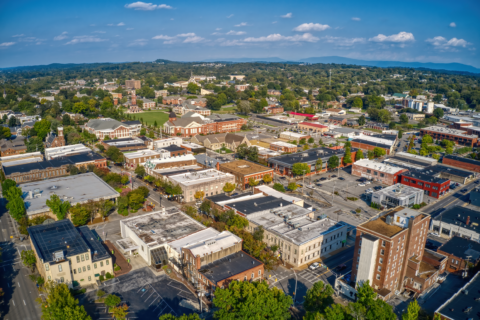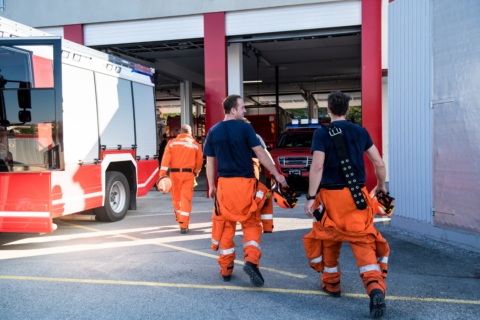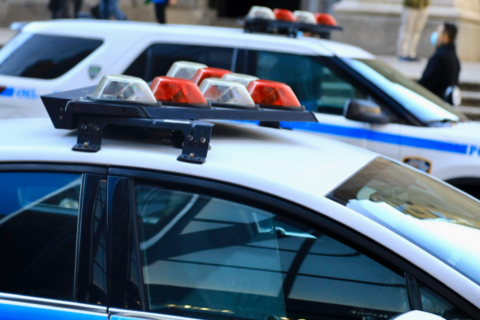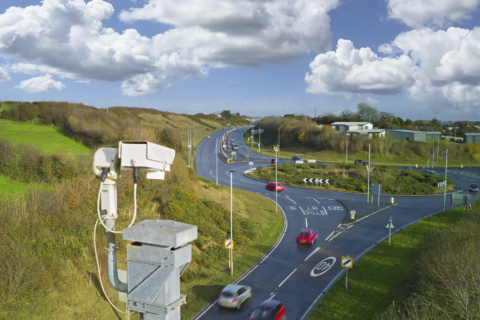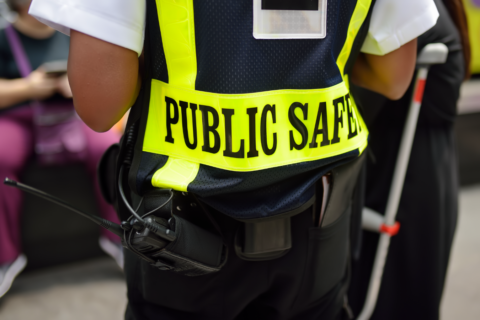2023: A Reflection
As the new year begins, lessons learned from 2023’s collaborative local safety efforts show promise, as many made an impact on violence in cities. A brief released by NLC in the fall of 2023 related to the Municipalities Reimagining Community Safety (MRCS) Initiative provided an overview of such efforts. The brief elevates local safety ecosystems of elected officials, city departments, community-based organizations, youth, healthcare systems, schools, philanthropy and residents. While the MRCS Initiative funds specific efforts in Baltimore, Dallas, Jackson, Philadelphia and St. Louis, many cities across the country have shown that truly collaborative and community-centered violence prevention and safety efforts can lead to success. Safe neighborhoods cannot be the sole responsibility of one person or department and cities recognize that. The December 2023 edition of the CitiesSpeak Podcast elevates local leadership in community safety and highlights some of these promising collaborative approaches.
Collaborative Local Safety Efforts Include:
- Local Elected Officials
- City Leaders/Departments
- Traditional Public Safety (Police, Fire, EMS)
- Public Health Partners/Departments
- Other Local Government Departments (Parks Departments, Schools, etc.)
- Community
- Residents (particularly those most impacted by violence)
- Community Based-Organizations
- Funders
- Philanthropy
- General City Funds
The Impact
In many municipalities, strategic collaboration made an impact between 2022 and 2023 (after pandemic-related spikes in violence). Cities of various sizes and with regional diversity are investing in and supporting cross-departmental approaches to municipal safety with community at the core, and it seems to be working.
- Baltimore, MD
Under the leadership of Mayor Brandon Scott, for the first time since 2015, Baltimore experienced under 300 homicides in 2023. Additionally, violent crime overall was down 16%. While it might be easy to give credit to one person, program or department, Baltimore’s collaborative approach allows for various strategies, policies and people to work together toward reductions in violence and crime. Collecting and sharing data, bolstering the office of neighborhood safety, investing in the city’s group violence reduction strategy and a focus on trauma informed approaches all played a role.
- Baton Rouge, LA
Over the last two years, Baton Rouge saw double-digit percentage decreases in violent crime. Mayor-President Sharon Weston-Broome and her team partnered with 430 organizations, hosted 250 events, and engaged more than 6000 partners in their efforts to address violence and implement their strategic plan. Centered in public health, Safe Hopeful Healthy BR invests in collaborative approaches based on models and roadmaps like those created and supported by Cities United.
The Promise
In other cities, it may be too soon to see or share results, but safety strategies that center collaboration and community are driving recent investments.
- Cleveland, OH
Through an innovative Neighborhood Safety Fund (seeded with ARPA dollars), Cleveland is investing in community-driven, evidence-informed programming for residents that addresses the root causes of violence. At the close of 2023, Mayor Justin Bibb announced the first $1 million in grants to local organizations via this fund.
- Aurora, CO
Based on models from other cities and through the National Network on Safe Communities guidance, Police/City leadership in Aurora launched Standing Against Violence Every Day (SAVE). Like successful models in Boston, Philadelphia and Baltimore, SAVE focuses efforts on those most likely to be engaged in gun violence within the city and involves collaborative efforts with community organizations and law enforcement.
Looking Ahead
As cities approach a new year, the momentum around collaborative safety continues. Success in some localities provides a foundation for other cities across the country to explore elements of their community safety plans and adapt them to meet the needs of their communities. Given that many residents in cities still feel unsafe, collaborative strategies are more important than ever. To better combat rhetoric, narratives and media coverage, city teams can utilize coordination with one another and residents to advance the same message, be transparent with data and uplift effective strategies from a citywide perspective. As one year closes and another begins, cities have opportunities to take what they have learned (either directly or from the investments of other cities) to continue to create safe and supported cities.
Dig Deeper
NLC’s Lessons Learned through Collaborative Community Safety Initiatives brief offers insights into local safety ecosystems that include elected officials, city departments, community-based organizations, youth, healthcare systems, schools, philanthropy and residents.
